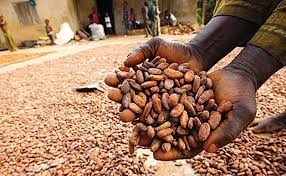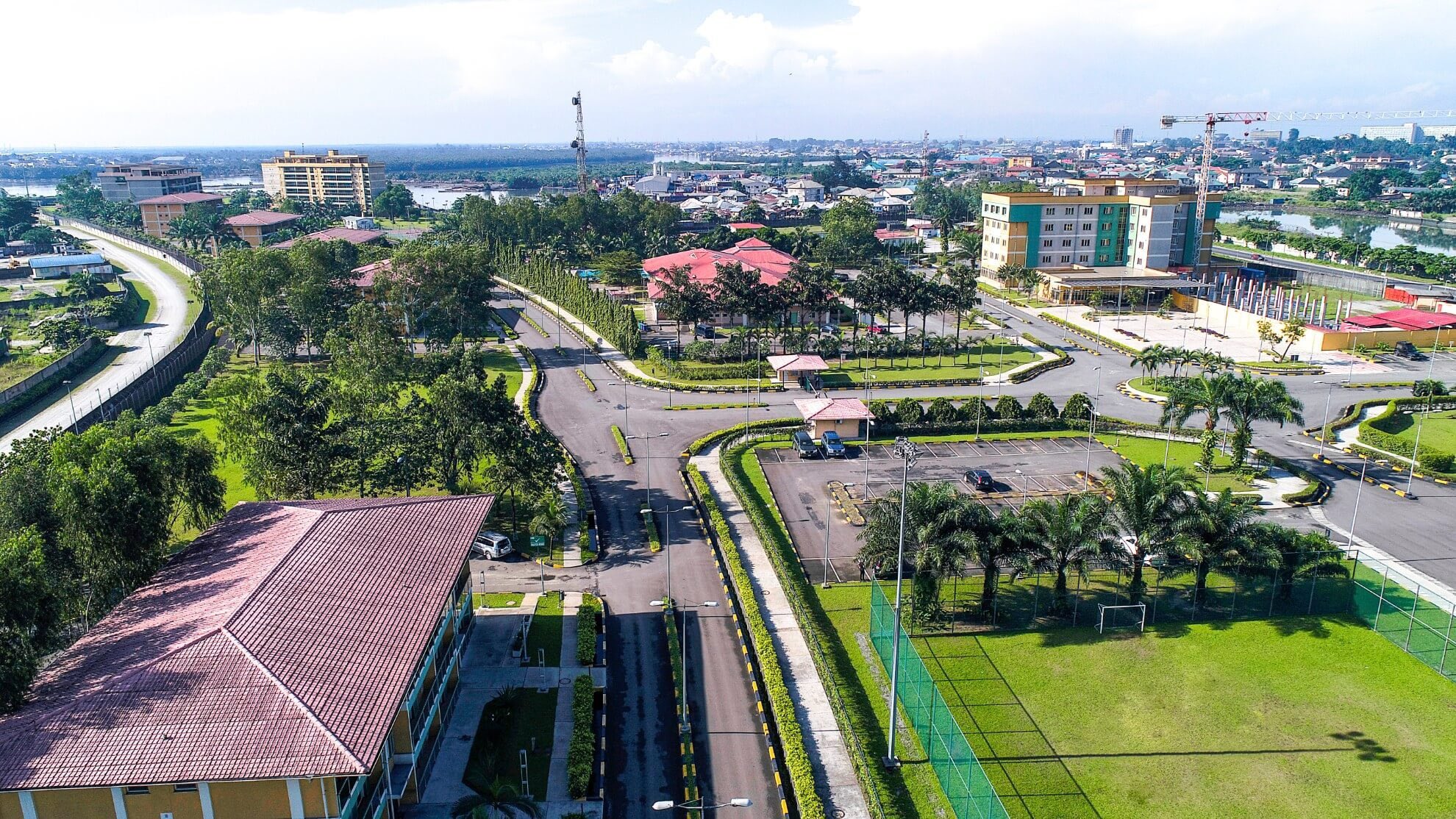Cocoa has fallen more than 12% so far in November 2025, trading at $5,401 per ton and extending a downtrend that has persisted from June through October. This is a sharp turnaround for a commodity that jumped 177% in 2024 to $11,675, before slipping into a steady decline from January 2025, despite short-lived recoveries in April and May. Overall, cocoa has dropped more than 50% year-to-date from its January peak.
The November 2025 drop intensified sharply following two major developments: a surprise political move and increasingly positive supply forecasts from West Africa.
The Trump administration announced a crucial 10% reciprocal tariff reduction on commodities not grown in the United States, including cocoa, effective November 13, 2025. This move was immediately seen as bearish for the commodity price, as it lowers the cost for major US chocolate manufacturers like Hershey, who welcomed the decision. By reducing the cost of imported raw cocoa, the action eases pressure on US supply chains, dampening the urgency for high-priced contracts.
Simultaneously, analysts say improving weather across major West African producers, particularly the Ivory Coast and Ghana, has further eased supply concerns. Farmers in the Ivory Coast, the world’s largest cocoa producer, told reporters that more beans are expected to reach the market in December, as many pods are now nearly ripe.
The weather reports from the growing regions are overwhelmingly positive. Farmers report that light to moderate rainfall across the Ivory Coast has boosted the growth of many small and medium-sized cocoa pods ahead of the seasonal Harmattan winds, which usually blow in from the Sahara between December and March. They note that this moisture would help extend the main crop and support a larger harvest compared with last year.
“The light rains are helping the trees, but we still need rain until mid-December because it is very hot,” said Donatien Adou, a farmer near Yamoussoukro.”There is a lot of cocoa on the trees right now, and we think the harvest will remain strong into next year,” said Salame Kone, who farms near Soubre, where $7.6 { mm} of rain fell last week, $12.3{ mm} below the average but still supportive for pod development.
This outlook is a sharp contrast to the previous year, when heavy rains from late September disrupted harvesting, complicated the drying process, and delayed transport, which had contributed to an 80% year-to-date rise by mid-October 2024.
Cocoa began 2025 at $10,950 but quickly came under strong bearish pressure, falling below the $8,000 range after the first quarter to $7,888. The market saw a brief rebound in the second quarter, rising more than 16%, with April and May delivering the only positive monthly performances of the year and accounting for most of the quarter’s gains. This recovery was short-lived. Prices turned negative again in June and continued to decline through the third quarter, slipping below $7,500, with September recording the steepest losses. The downtrend extended into October, with cocoa falling more than 8% to $6,151, and the weakness persisted in November, as prices now sit below the $6,000 mark at $5,403.
Underpinning this long-term decline is evidence of weak global demand. The International Cocoa Organization (ICCO) estimated a global cocoa surplus of 142,000 MT for the 2024/2025 season, marking the first surplus in four years and contrasting sharply with the prior season’s massive deficit. Furthermore, Q3 Asia cocoa grindings fell by 17% year-on-year, the smallest Q3 grindings in nine years, and European cocoa grindings also fell by 4.8%. This reduction in demand from processors suggests that manufacturers are either utilizing existing stocks or struggling to pass on the high raw material costs to consumers, confirming a broad bearish signal in the market.










